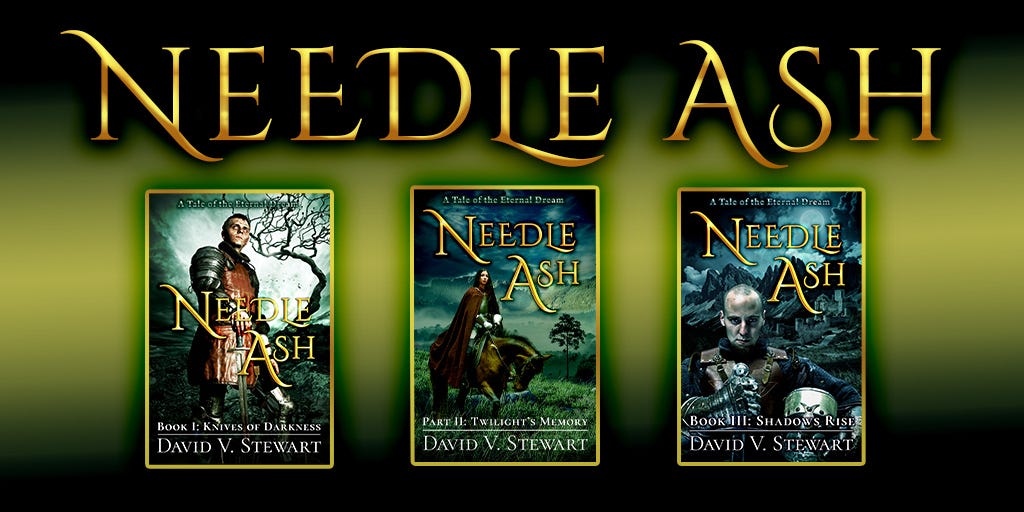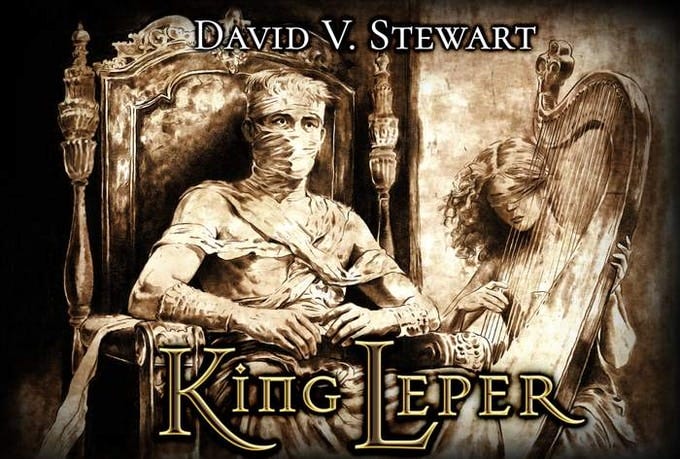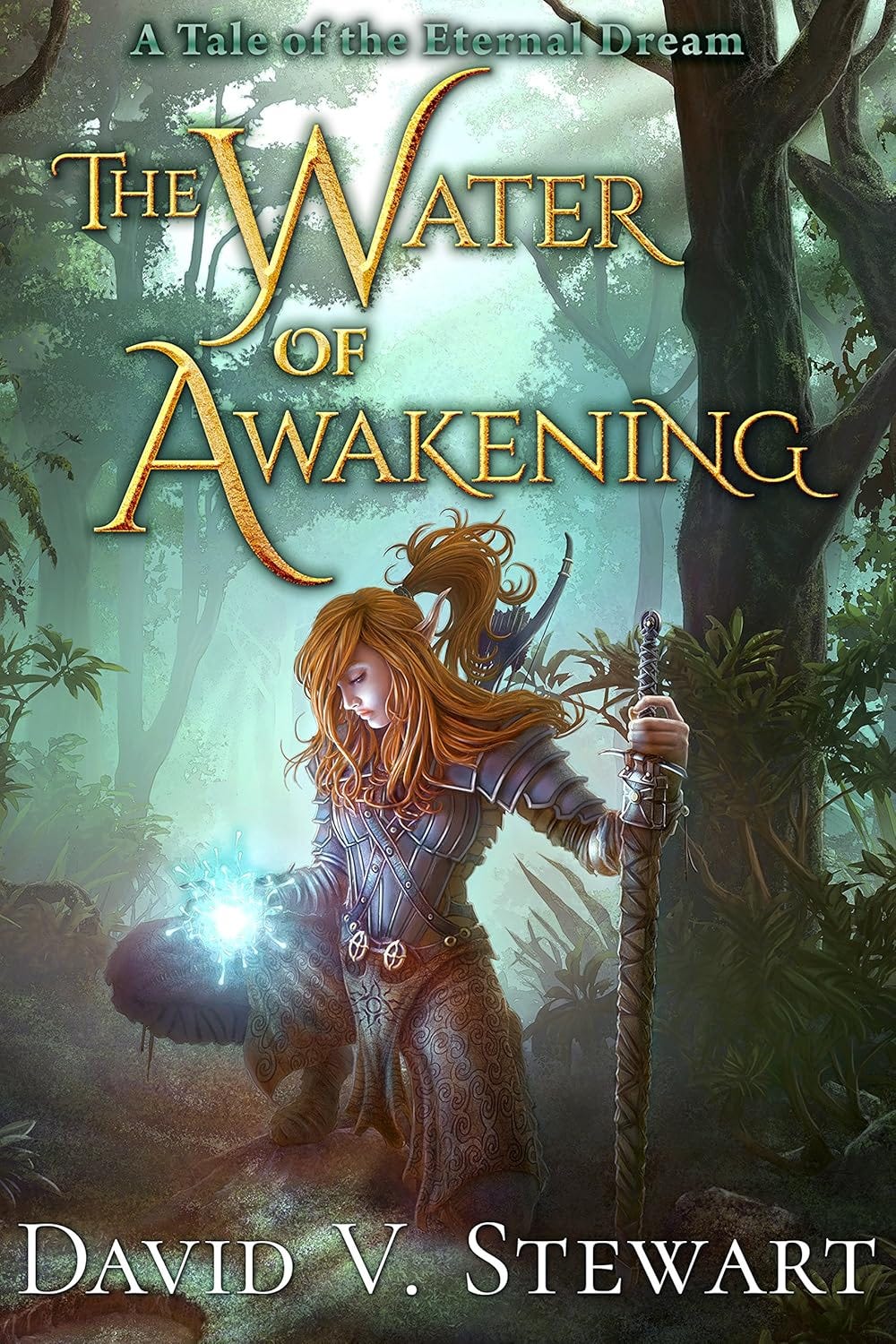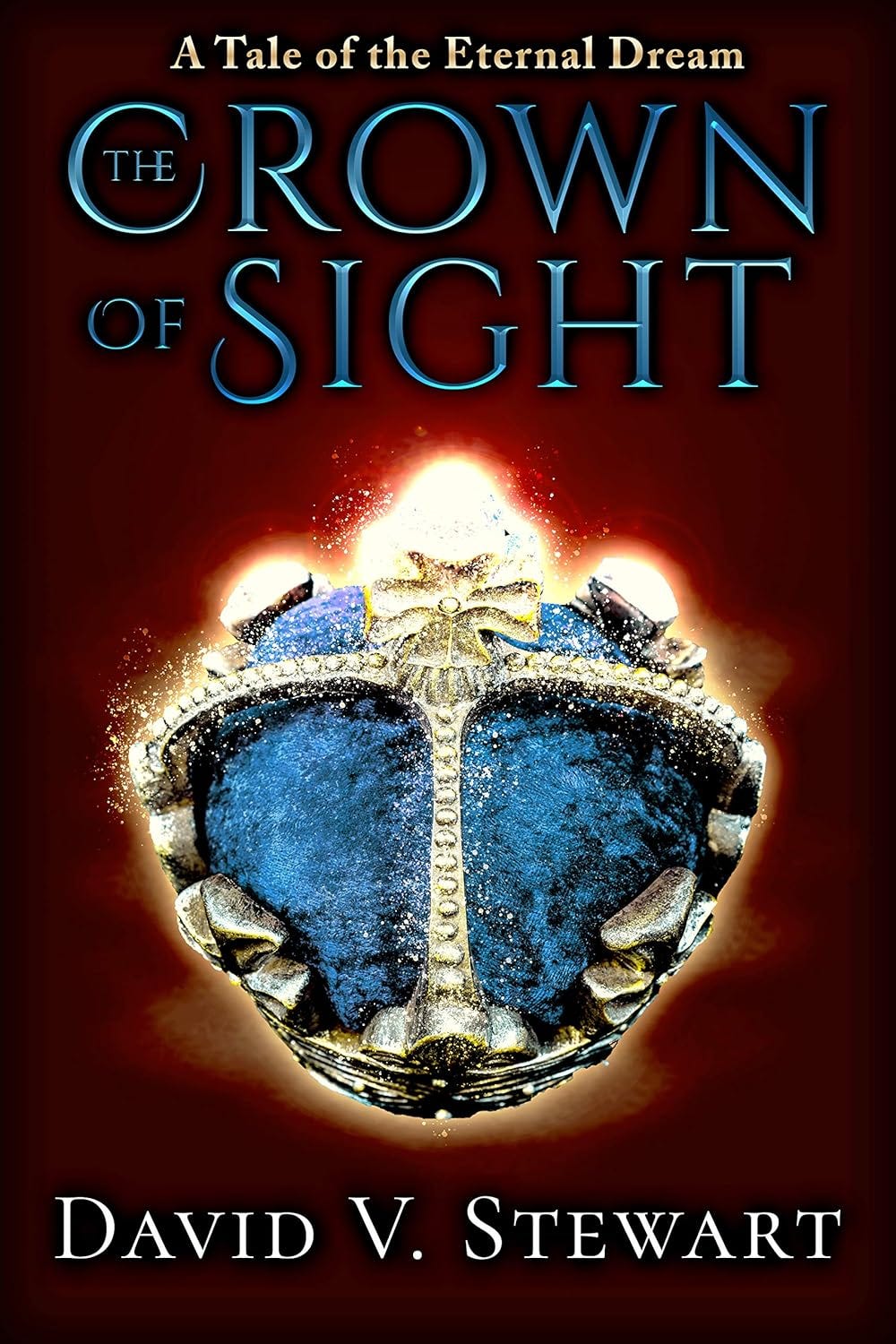On the Structure of Needle Ash
In 2018, I released Needle Ash, originally a trilogy of fantasy books now available in a single volume, as a kind of sequel to Water of Awakening. Some characters return, and it is firmly in the same time and region as the prior book, but it has its own protagonist and its own plot goals. This is something I continue, by the way, in the upcoming King Leper, which features Helga Ravenfriend and her husband on the next stage of their quest. To that end, I was more inspired by things like Dying Earth, Redwall, or perhaps Discworld than the fantasy series that have been most popular lately, where the same characters appear in every volume, inching toward some distant conclusion to a massive conflict. This approach may not be optimal for selling books on Amazon, but it is optimal for my own creative vision, and I like the idea that a new reader could start at any book and enjoy what I have created.
There were a few things I wanted to do in Needle Ash that I didn’t do in Water of Awakening.
First, I wanted to have a plot that is more structured or with a structure where each part is closely directed toward the main conflict. Water of Awakening had what I call the “Odyssey structure,” which might also be called a “Hobbit” structure these days. There is a main goal, but the protagonist must go on a long journey to achieve it and will endure many trials and have many adventures along the way. It plays more like a series of stories, though each step does move the actors closer to or further away from resolving the conflict. With the new book, I wanted something that had three clearly delineated acts, which I then divided into three short books.
Second, I wanted to have a romance. Water of Awakening was an inversion of classic adventure fantasy in many ways, but one prominent point of this was the lack of a romance. Helga is married and highly loyal to her husband. The romance is in the past, and the quest is to save a person whose love is already captured. For Needle Ash, I wanted to have the start and matriculation of a true romance, of a man and a woman falling in love. Thus, I needed to also have a conflict that was not initially bound up in the relationship the way Helga’s conflict was. That meant, besides a classic three-act structure, the book would also have to have a standard treatment of subplots, with the romance being the “B story” that helps solve the main conflict.
Third, I wanted, as I said, to have a new adventure with new characters trying to achieve new goals. At the same time, I wanted the world of Needle Ash to be intimately tied to Water of Awakening. I came up with the inclusion of the “Band of the Badger,” a mercenary company from the first book. Being made up of orcish men (Draesen, really, but we’ll get to that in another book), they also point to elements of the setting that I didn’t have time to fully explore.
The intersection of these three desires produced the overall plan for the book and what major events would lend structure to the flurry of events. I had a main character (Michael, a prince), an unexpected love interest (Sharona, a mage), a cast of supporting friends (Angelico and Guisalli), and an antagonist in the form of the Farallese queen. I even had built into this the opportunity for many twists and unexpected revelations.
Spoilers ahead.
The book opens with a battle, and the first movement of the conflict occurs when Michael is discharged from the military by his father and sent home in shame for disobeying orders. At the same time, it prompts a mystery, as Michael is disconcerted by how the events played out. In that first act, we get the introduction of the female lead, Sharona, who is initially a great annoyance to the leading man but gains his confidence and eventually his love through her unrelenting loyalty.
I like to invert things, and this was the inversion that appealed to me the most: the romance occurs as if from the female perspective. Sharona is not particularly attractive (initially), but she is virtuous and unique, a woman of special talent whose use and goodness causes the resistant male to fall for her. It is Michael who must be won over. This, as an aside, is a type of male romantic fantasy: the somewhat middling woman who loves him deeply and is loyal. That may surprise female readers who imagine that men are always chasing as many attractive women as they can, but this is a romantic, not purely sexual, fantasy. What a man wants from his wife, more than anything else, is loyalty, and Sharona delivers it in such an overwhelming way that Michael falls for her. Not only that but (this is a bit of a female fantasy—we can mix it up) he, as his feelings surface, re-evaluates her attractiveness in a way and declares her beautiful. It’s not quite the mousy librarian letting down her hair and letting the man see what he had been ignoring, but it works well enough.
But as to the plot, the first act closes with a murder, deepening the mystery and setting into motion a renewed conflict. The second act picks that up and changes direction. Michael is betrayed but saved by the intervention of Sharona, who refuses to abandon him even when he means to leave her behind.
In the second act, I used an important element common to many of my fantasy novels, which is that of the fantastic journey, which may be evocative of the Odyssey, faerie stories, or many Celtic myths. In this book, as in others, the hero journeys to the edge of reality, or beyond it, and returns changed or empowered. Thus, the primary purpose of the “hidden realms” in my stories is mythical—to echo mythic stories but also to sketch the ancient and enduring mythology of Diederon and “The World That Is.” In Water of Awakening, the journey to the Fay was a transformation worked on Helga. In Alshafaltha, it was forbidden knowledge gained through an ancient evil. In King Leper, it is a magical talisman. In Needle Ash, it was both revenge and understanding of the pieces of the puzzle. Michael gains control over himself and his situation and is able to create a plan that he can use to solve the main conflict. At the same time, he is able to learn a kingly virtue: negotiation and forgiveness when he should be ruled by wrath.
The third act, like in other books, is the return to the mundane with new power gained from the Perilous Realm. Michael, in that long third act (itself three acts), is able to act against what he believes to be the antagonist, be defeated and learn the final truth, then reap the reward for his honor in the first act. His men, loyal to Michael because of the prince’s loyalty in the first battle, and his lover save him and provide the force he needs to finally set the kingdom right. The final battle is the culmination of all his virtues, both inherent and learned: loyalty, forgiveness, prudence, justice, and deep, abiding love.
The book concludes with rest for Michael, but also a question. His brother, who betrayed him, is driven by the remains of a strange tome…what does it mean?
Well, you will get one step closer in King Leper.







I didn't read past the spoilers part, but my, that sounds refreshing.